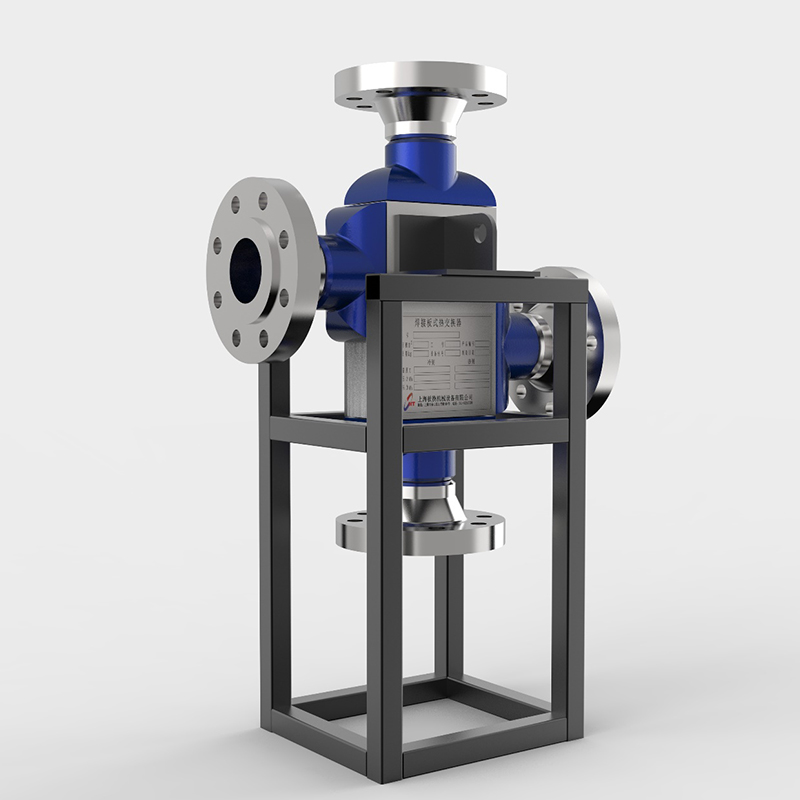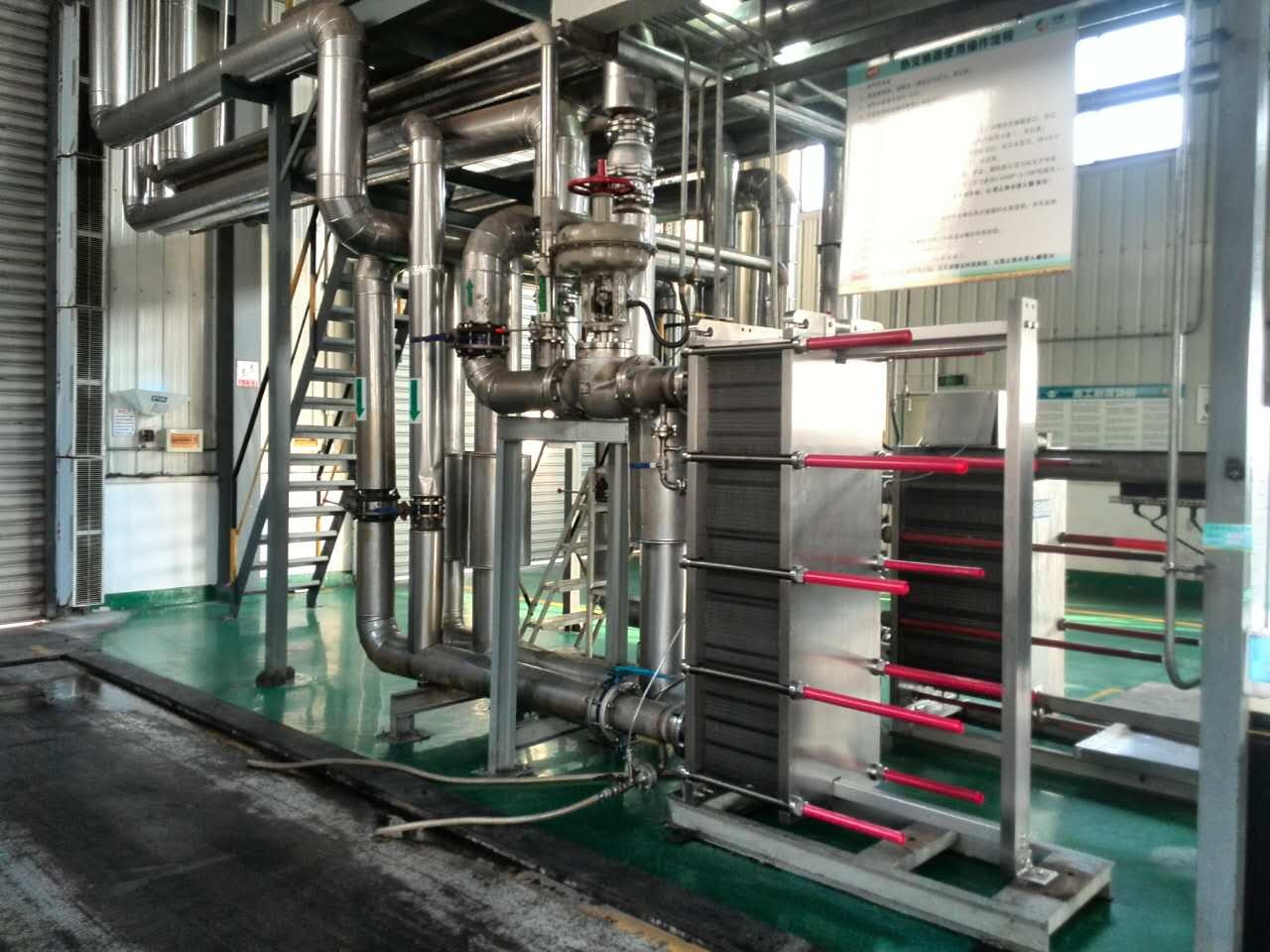5 key roles of plate heat exchanger gaskets.
Plate heat exchanger gaskets perform 5 key roles: ...
More
A plate heat exchanger (PHE) is a compact, high-efficiency device designed to transfer heat between two fluids without mixing them. It consists of multiple thin, corrugated metal plates stacked together, forming channels for fluid flow. The large surface area and turbulent flow created by the plate design maximize heat transfer, making PHEs ideal for applications in HVAC, refrigeration, chemical processing, and power plants. Compared to traditional shell-and-tube exchangers, plate heat exchangers offer superior thermal performance, reduced energy consumption, and a smaller footprint. Their modular design allows for easy maintenance and scalability, catering to diverse industrial needs.
Plate heat exchangers are widely used due to their versatility and cost-effectiveness. They can handle liquids, gases, and viscous fluids, with temperature ranges from -40°C to 200°C and pressures up to 25 bar. Industries such as food and beverage, pharmaceuticals, and oil refining rely on PHEs for precise temperature control and energy savings. For example, in dairy processing, PHEs ensure rapid pasteurization while minimizing energy loss. According to market research, the global plate heat exchanger market is projected to grow at a CAGR of 5.8% from 2023 to 2030, driven by increasing demand for energy-efficient solutions.
Plate heat exchangers outperform traditional heat exchangers in multiple ways. Their compact design reduces installation space by up to 80%, while their high thermal efficiency can cut energy costs by 30-50%. The corrugated plates create turbulent flow, enhancing heat transfer coefficients by 3-5 times compared to shell-and-tube models. Additionally, PHEs are easier to clean and maintain, with gasketed or brazed plate options for different applications. Their adaptability makes them suitable for both heating and cooling processes, ensuring optimal performance across industries.
Choosing a plate heat exchanger ensures long-term reliability and sustainability. Modern PHEs are constructed from stainless steel, titanium, or other corrosion-resistant materials, extending their lifespan even in harsh environments. For instance, Alfa Laval’s PHEs achieve 90-95% heat recovery, significantly reducing operational costs. Case studies show that industries switching to PHEs report payback periods of less than 2 years due to energy savings. With advancements in laser-welded and semi-welded designs, PHEs now offer leak-proof performance for high-pressure applications. As industries prioritize green energy, plate heat exchangers remain a top choice for reducing carbon footprints while maintaining high productivity.
Select the most popular foreign trade service products to meet your diverse needs
Learn more about the dynamics and professional knowledge of the foreign trade industry

Plate heat exchanger gaskets perform 5 key roles: ...
MoreAPI 662 defines standards for plate heat exchanger...
More
You can see clear differences between welded block...
More
A gasket in heat exchanger seals surfaces, blocks ...
More
A heat exchanger's main parts include the heat tra...
More
Plate heat exchangers deliver high thermal efficie...
MoreSelect the most popular foreign trade service products to meet your diverse needs
Explore more content related to foreign trade services

User Comments
Service Experience Sharing from Real Customers
John Smith
Mechanical EngineerThe plate heat exchanger is incredibly efficient and has significantly improved our system's performance. Highly recommended!
Emily Johnson
HVAC TechnicianGreat product for the price. Easy to install and maintain. Would definitely purchase again.
Michael Brown
Process EngineerThis plate heat exchanger has exceeded our expectations. It's durable and performs flawlessly under high pressure.
Sarah Davis
Facility ManagerReliable and efficient. It has helped us reduce energy costs in our plant. Very satisfied with the purchase.